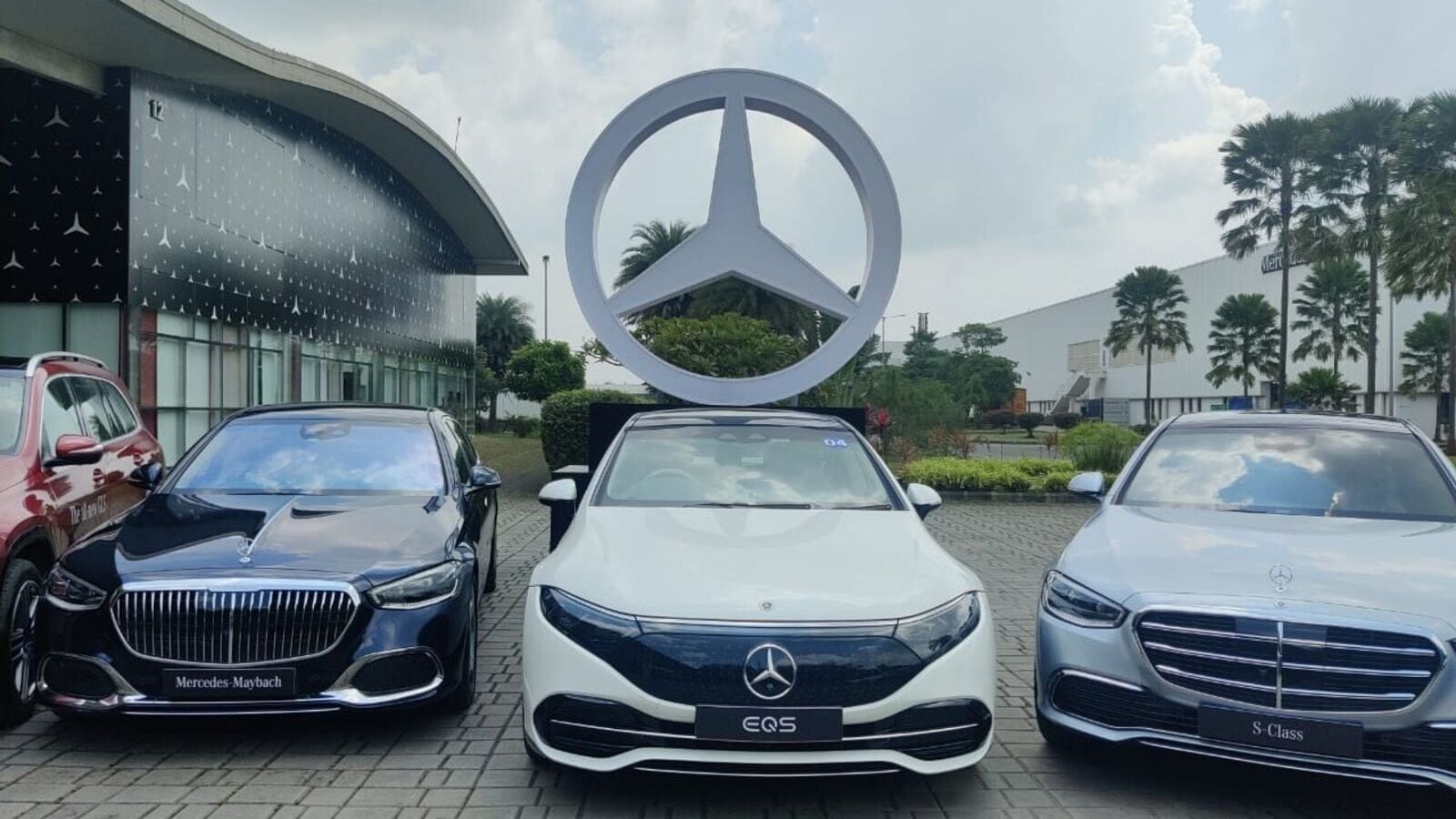Q: How has been the first quarter of 2023 for Mercedes-Benz India?
With 4697 units sold in Q1 2023, Mercedes-Benz achieved its “Best ever Q1.” This is an increase of 17% year over year. This demonstrates how highly sought-after the brand is among Indians who can afford high-end automobiles. The shifting demographics of Mercedes-Benz buyers in India are reflected in trends like the 107% annual growth rate of the Top End Vehicle (TEV) class and the rising popularity of our electric vehicles. They favor the fusion of eco-friendliness with opulence.

Q: What kind of progress do you see in the next ninth months?
With this uptick in sales, we’re able to push forward with our product offensive, roll out exciting new programs, and strengthen our dedication to the satisfaction of our clientele. Our top priority is speeding up the delivery of our goods and decreasing the time clients have to wait for their vehicles. While we are confident, we expect MB India to rise by double digits in 2023.
Q: Tell us about your best-selling models and their contribution to the total volumes.
The E-Class LWB and GLS continued to be among Mercedes-Benz’s best-selling vehicles in the first quarter of 2023. E-Class LWB and C-Class sedans, which together account for 30% of Q1 2023 volumes, had combined growth of 27%.As evidence of the tremendous demand for luxury vehicles, our Top End Vehicle portfolio (including GLS, S-Class, Maybach, and AMGs) increased by an impressive 107% in Q1 2023.
Q: Please share a break-up of SUVs versus Sedans in the total volume of Mercedes-Benz India for the last 3-5 years.
ALSO READ:Upcoming 7-Seater Cars in India in 2023
Over the past three to five years, our sedan and SUV selection has been on level with the market. On the other hand, our A-Class, C-Class, E-Class, and S-Class sedans are selling well. We anticipate a significant uptick in SUV volumes after the launch of the New GLC in the third quarter.
Q. What strategy Mercedes-Benz India is implementing to onboard first-time luxury car buyers?
Value evaluation is an important consideration for first-time luxury car buyers. Mercedes-Benz Financial Services backs their dreams by providing individualized and adaptable financing options, such as Star Agility+, which guarantees repurchase value for both ICE and EV vehicles.
In addition to lowering the barrier to entry for purchasing a Mercedes-Benz, the company offers digital processes, a variety of payment plans to accommodate a wide range of budgets and tastes, and cheaper monthly payments.
Once the customer has made this selection, our direct-to-customer omnichannel retail model Retail of the Future will assist them in a smooth, open onboarding process.
Their high resale values are fueled by the attractive Service choices available to their owners, as well as the industry-leading 8-year engine and gearbox warranty (A-Class, GLA, and GLB).
Q. Can you share the volume break-up between Urban and Tier-I, and II cities? How have Tier-I, II cities grown in the past few years?
We are seeing a gradual increase in interest from emerging markets, while demand from the metro areas remains the primary market for Mercedes-Benz India. After the pandemic, there has been renewed interest in infrastructure, better roads, and individual mobility.
The degree of consumer knowledge and enthusiasm for electric vehicles (EVs) in T2 and T3 markets is on par with that of major metropolitan areas. Customers in these niche areas benefit greatly from having the ability to charge their vehicles in the comfort of their own homes. Cities like Cuttack, Karnal, and Calicut, among others, have shown signs of increasing interest in high-end electric vehicles.
Q. Do you identify any new set of customers who are now buying luxury cars in India? What kind of customer trends have you spotted in the past few years in the luxury space?
A: In recent years, we have seen an increase in the number of young, aspirational consumers who choose to spend their money on high-end goods and services. Mercedes-Benz’s target demographic is shifting younger across the board.
The average age of a Mercedes-Benz S-Class buyer has dropped to 38 years old, while that of a C-Class buyer is 35. There has been a recent uptick in the number of’salaried employees’ and ‘professionals’ who choose to purchase high-end automobiles. Similarly, the number of female consumers is on the rise once more across the country as a result of rising personal mobility, increased disposable income, and better road travel infrastructure.
The new groups of consumers have high levels of aspiration since they are familiar with the brand.
Q. How has the response to electric vehicles been in the luxury car market? What is the current contribution of EVs to your product portfolio? What are your targets for the next three years?
With the largest network of Ultra-Fast chargers, the best-in-class battery guarantee, and the best Residual Value, Mercedes-Benz dominates the Indian luxury electric vehicle industry.
Customer demand for the EQB and EQS is so high that they have lengthy waiting lists. We’re working to shorten the current e-vehicle (EV) waiting times, which are currently at five months for an EQB and three months for an EQS.
We have a very ambitious plan for electric vehicles in India, and within the next 8-16 months, we will introduce four new models from our global lineup. By 2027, we hope to have EVs account for 25% of total sales.
Q. Please share your expansion plans in terms of your reach and new product launches.
As a company, we are committed to providing the’most desirable’ products to our clientele in India. We’ve built a desirable and appealing portfolio in India, and we plan to keep improving it. MB India has released two TEVs this year (2023), with another eight models from their global catalog scheduled for release in the country.




